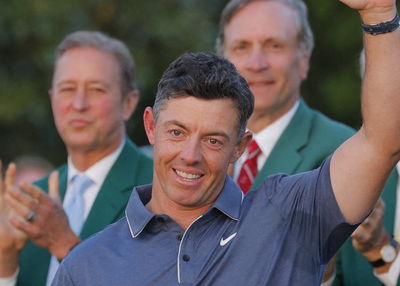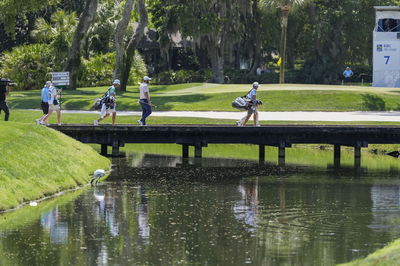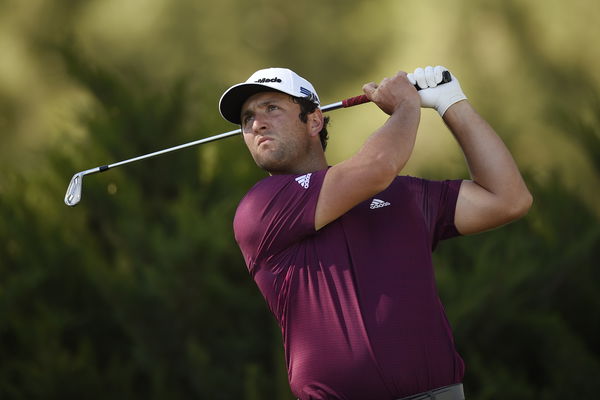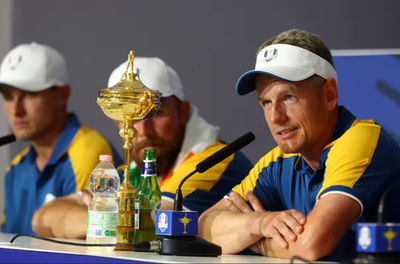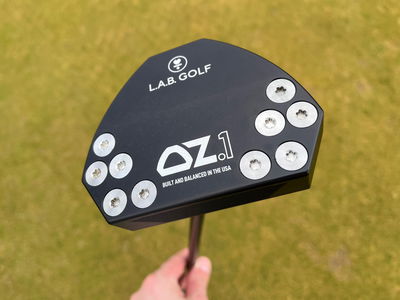Here's the official rule when you damage a golf club on the course
"Hi GolfMagic, I damaged my club on the course the other day... was I still able to use it during the round?"
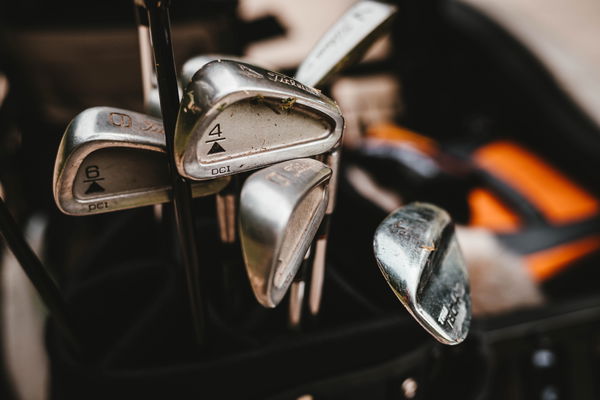
Ever damaged your golf club on the course and wondered what the correct thing was to do? Well you're in luck as this week a GolfMagic reader sent us that exact question in to us for an official verdict.
"Hi GolfMagic, I wrapped my golf club around a tree when following through to play a shot last weekend, and the club was quite badly damaged. Was I right to continue using the club, or is it classed as non-conforming once it's been damaged?" read a comment from one of our readers.
ANSWER
Thanks for the question - Rule 4.1a (2) is the one you want to take note of in this instance. The damaged club is classed as conforming for the rest of your round. You may continue to play with the damaged club - if you can - or you can have the club repaired by restoring it as nearly as possible to its condition before the damage happened during your round. You must, however, use the original grip, shaft and clubhead, and you must not unreasonably delay play.
Please see the full wording of Rule 4.1a in the R&A's Rules of Golf: Player's Edition below, as well as a video example of a golf club being broken during a round of golf from our friends over at Golf Rules Questions on Instagram:
Rule 4.1a - Clubs Allowed in Making a Stroke
(1) Conforming Clubs. In making a stroke, a player must use a club that conforms to the requirements in the Equipment Rules:
- A club used to make a stroke must conform not only when the club is new, but also when it has been deliberately or accidentally changed in any way.
- But if the performance characteristics of a conforming club change because of wear through normal use, it is still a conforming club.
“Performance characteristics” means any part of the club that affects how it performs in making a stroke, such as its grip, shaft, clubhead or lie or loft (including lie or loft of an adjustable club).
(2) Use or Repair of Club Damaged During Round. If a conforming club is damaged during a round or while play is stopped under Rule 5.7a, the player normally must not replace it with another club. (For a limited exception when the player did not cause the damage, see Rule 4.1b(3)).
But no matter what the nature or cause of the damage, the damaged club is treated as conforming for the rest of the round (but not during a play-off in stroke play, which is a new round).
For the rest of the round, the player may:
- Continue to make strokes with the damaged club, or
- Have the club repaired by restoring it as nearly as possible to its condition before the damage happened during the round or while play was stopped, while still using the original grip, shaft and clubhead. But in doing so:
- The player must not unreasonably delay play (see Rule 5.6a), and
- Any damage that existed before the round must not be repaired.
“Damaged during a round” means when the club’s performance characteristics are changed because of any act during the round (including while play is stopped under Rule 5.7a), whether:
- By the player (such as making a stroke or practice swing with the club, putting it in or taking it out of a golf bag, dropping or leaning on it, or throwing or abusing it), or
- By any other person, outside influence or natural forces.
But a club is not “damaged during a round” if its performance characteristics are deliberately changed by the player during the round, as covered by Rule 4.1a(3).
(3) Deliberately Changing Club’s Performance Characteristics During Round. A player must not make a stroke with a club whose performance characteristics he or she deliberately changed during the round (including while play is stopped under Rule 5.7a):
- By using an adjustable feature or physically changing the club (except when allowed to repair damage under Rule 4.1a(2)), or
- By applying any substance to the clubhead (other than in cleaning it) to affect how it performs in making a stroke.
Exception – Adjustable Club Restored to Original Position: If a club’s performance characteristics were changed by using an adjustable feature and, before the club is used to make a stroke, the club is restored as nearly as possible to its original position by adjusting the feature back to where it was, there is no penalty and the club may be used to make a stroke.
Penalty for Making Stroke in Breach of Rule 4.1a: Disqualification.
- There is no penalty under this Rule for merely having (but not making a stroke with) a non-conforming club or a club whose performance characteristics were deliberately changed during the round.
- But such a club still counts towards the 14-club limit in Rule 4.1b(1).
Sponsored Posts
Latest News
